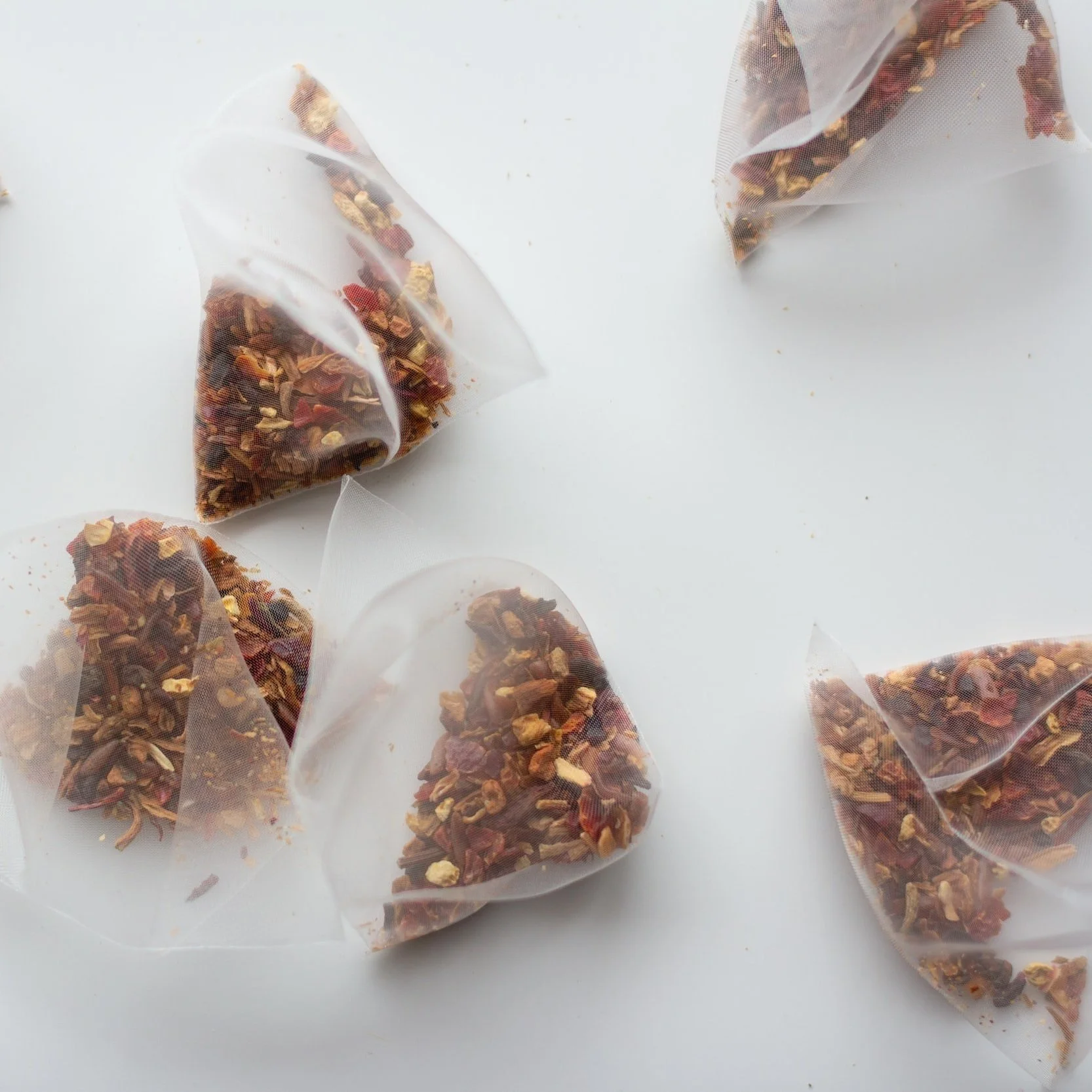Microplastics in Tea Bags: The Hidden Health Hazard Lurking in Your Cup of Tea
Are you aware that the comforting cup of tea you enjoy may contain harmful microplastics? Microplastics are tiny plastic particles that can be found in almost everything, including the tea bags we use. In this article, we will explore the issue of microplastics in tea bags and their potential impact on our health and the environment. We will also provide practical tips on how you can reduce your exposure to microplastics and make informed choices when it comes to your favorite beverage. So, grab a cup of tea and let's dive into the world of microplastics in tea bags!
Tea Time Toxins: Exploring the Presence and Health Impacts of Microplastics in Tea Bags
Discover the alarming truth about microplastics in tea bags and their potential impact on human health in this in-depth article.
What are Microplastics?
Microplastics are tiny pieces of plastic, typically less than 5mm in size, that come from the breakdown of larger plastic items, such as plastic bottles, bags, and packaging. They can also be intentionally manufactured for use in products like cosmetics and cleaning supplies. Microplastics are not biodegradable, meaning they can persist in the environment for hundreds of years. They can enter our waterways and oceans, where they can be ingested by marine life and enter the food chain. Additionally, microplastics have been found in a range of consumer products, including tea bags, and there are concerns about their potential impact on human health.
Are There Microplastics in Tea?
Recent studies have shown that many tea bags contain microplastics, which can release plastic particles into the brewed tea. The amount of microplastics found in tea bags can vary, but studies have shown that some tea bags can contain up to billions of microplastic particles per serving. The exact amount of microplastics in tea may depend on factors such as the type of tea, the tea bag material, and the brewing temperature and time. While the long-term effects of consuming microplastics are not yet fully understood, there are concerns about their potential impact on human health, especially if consumed in large quantities over time.
Are the Microplastics in Tea Harmful?
The potential effects of consuming microplastics in tea are not yet fully understood, but studies have shown that exposure to high levels of microplastics can have harmful effects on human health. Microplastics can accumulate in the body and have been linked to a range of health issues, including inflammation, oxidative stress, and even cancer. In addition to the potential health effects, the presence of microplastics in tea can also have environmental impacts, as they can contribute to plastic pollution in our waterways and oceans. While more research is needed to fully understand the impact of microplastics in tea, it is important to be aware of this issue and take steps to reduce our exposure to microplastics wherever possible.
6 Simple Ways to Reduce Exposure to Microplastics in Your Tea
Here are some practical tips on how to reduce your exposure to microplastics in tea and make informed choices when it comes to your favorite beverage.
Choose loose leaf tea instead of tea bags, as loose leaf tea does not typically contain plastic particles.
If you prefer tea bags, look for tea bags made from natural materials such as unbleached paper or cotton.
Avoid tea bags that have a silky or shiny appearance, as these may contain plastic materials.
Brew your tea at a lower temperature for a shorter period of time, as higher temperatures and longer steeping times can increase the release of microplastics from tea bags.
Consider using a tea strainer or infuser to brew loose leaf tea, as this can help to reduce exposure to microplastics.
When disposing of used tea bags, cut them open and empty the tea leaves into the compost or trash, and recycle the paper or cotton bag if possible.
By following these tips, you can enjoy your tea while reducing your exposure to microplastics and minimizing their impact on the environment.
YOU MAY ALSO LIKE: Sustainable and Zero Waste Tea
Conclusion
The issue of microplastics in tea is a growing concern that requires attention and action from both consumers and the industry. While more research is needed to fully understand the impact of microplastics on human health, it is clear that they can have harmful effects and contribute to environmental pollution. By making informed choices and taking practical steps to reduce our exposure to microplastics, we can protect our health and the health of the planet. From choosing loose leaf tea to reducing brewing time, there are simple steps that we can all take to enjoy our tea while minimizing the impact of microplastics. Let's raise awareness about this issue and work towards a future where our tea is free from harmful microplastics.
Read More Articles About Tea
It is important to note that any health advice provided in this article is for informational purposes only and should not be taken as medical advice. Always consult with a qualified healthcare professional before making any changes to your diet, exercise routine, or overall health. The information provided is not a substitute for professional medical advice.




